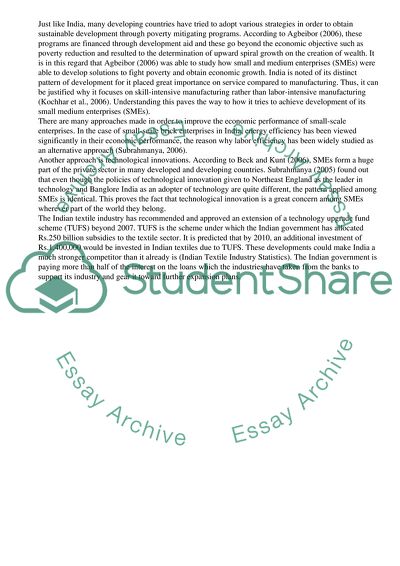Cite this document
(Small and Medium-Sized Enterprises in Indian Textile Branch Research Proposal, n.d.)
Small and Medium-Sized Enterprises in Indian Textile Branch Research Proposal. Retrieved from https://studentshare.org/business/1738792-research-proposal-of-3500-words
Small and Medium-Sized Enterprises in Indian Textile Branch Research Proposal. Retrieved from https://studentshare.org/business/1738792-research-proposal-of-3500-words
(Small and Medium-Sized Enterprises in Indian Textile Branch Research Proposal)
Small and Medium-Sized Enterprises in Indian Textile Branch Research Proposal. https://studentshare.org/business/1738792-research-proposal-of-3500-words.
Small and Medium-Sized Enterprises in Indian Textile Branch Research Proposal. https://studentshare.org/business/1738792-research-proposal-of-3500-words.
“Small and Medium-Sized Enterprises in Indian Textile Branch Research Proposal”, n.d. https://studentshare.org/business/1738792-research-proposal-of-3500-words.


